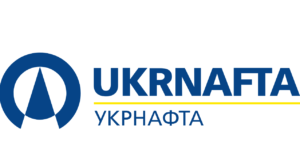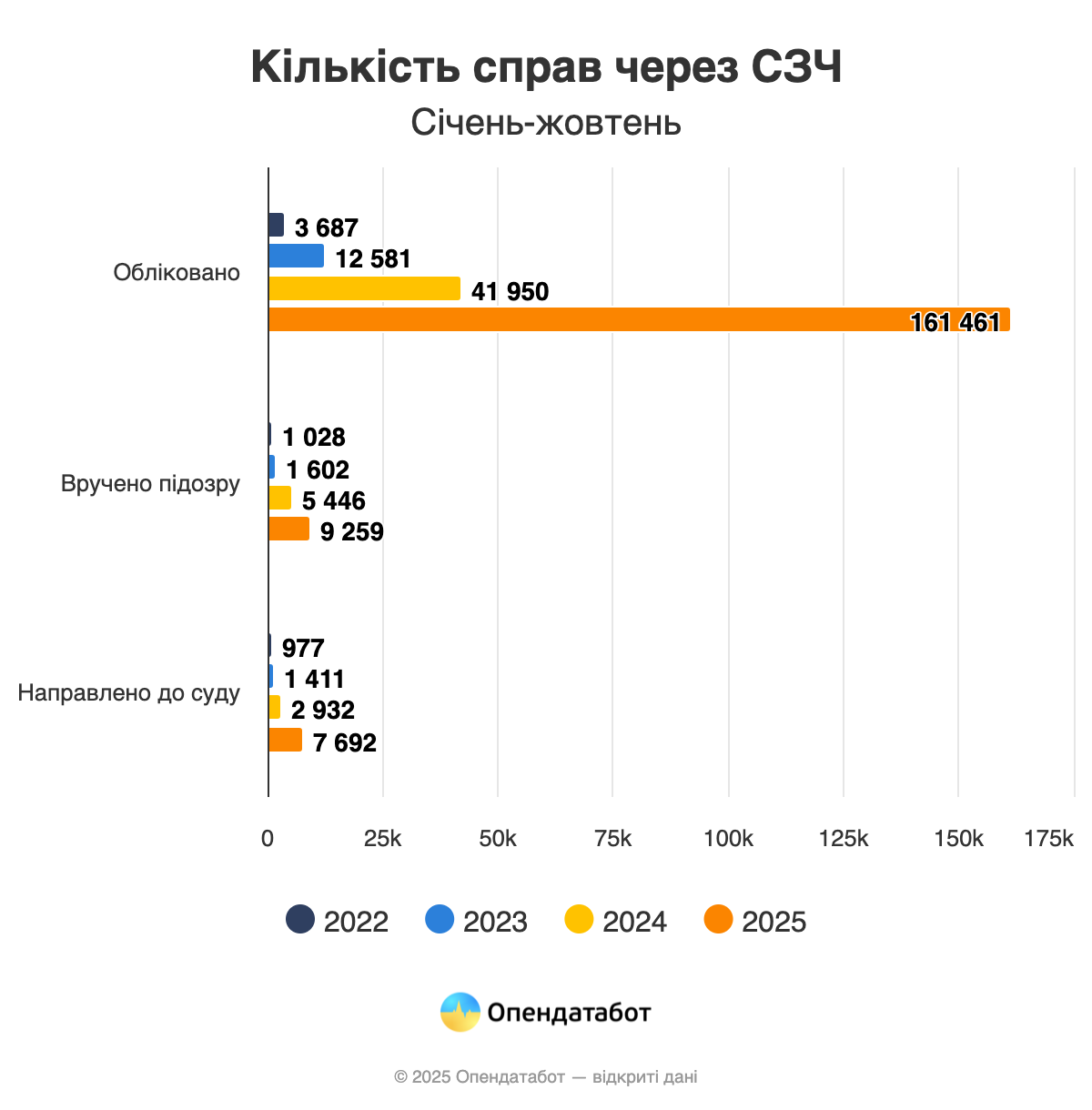
In the first 10 months of 2025, Ukraine exported 36,400 tons of honey worth over $84 million, with more than 70% going to European Union countries, Deputy Minister of Economy, Environment, and Agriculture Taras Vysotsky said during a forum on the European integration of Ukraine’s honey sector.
He noted that Ukraine is traditionally among the top five global honey exporters, continuing to develop beekeeping even in the difficult conditions of war.
“Ukraine is one of the leaders in honey exports to the EU. This testifies to the high quality, trustworthiness, and competitiveness of our products. The development of digital tools, modernization of production, and strengthening of quality control are gradually creating conditions for scaling exports not only to the EU but also to the markets of Asia and the Middle East,” he wrote on Facebook.
At the same time, Vysotsky stressed that Ukraine should ensure full compliance with EU standards and improve production traceability: clearly record where the honey comes from, which apiaries produced it, and how its quality was checked. This approach will open up new and long-term market opportunities for Ukrainian beekeepers.
According to Vysotsky, there are currently 62,697 apiaries and over 2.84 million bee colonies in the Apiary Passport Register.
“According to experts, integration into the EU market could increase Ukrainian honey exports by 25-30% in the next three years. Our task is to do everything possible to make this forecast a reality,” the deputy minister concluded.

India imported $14.72 billion worth of gold in October 2025, according to data from the country’s Ministry of Commerce and Industry. This is three times more than in October last year, 1.5 times more than in September this year, and is set to be a historic record (last year, a slightly higher figure was reported in November, but it was later revised).
“The growth in gold imports in October was phenomenal, despite very high world prices,” said Indian Deputy Minister of Commerce and Industry Rajesh Agrawal, according to The Hindu. “The growth in silver was also phenomenal.” Silver imports increased 6.3 times, to $2.72 billion.
“The continuous rise in gold prices ahead of the festive season could have led to speculative demand, which may not be sustained in the future, possibly leading to some decline in imports in the coming months,” warns Aditi Nayar of Indian rating agency ICRA.
In just 10 months of 2025, India imported $50.74 billion worth of gold, up 17% from the same period last year (October’s results reversed the trend).
India is one of the world’s largest consumers of gold, producing virtually none itself.
Earlier, the Experts Club analytical center presented an analysis of the world’s leading gold-producing countries in its video on YouTube channel — https://youtube.com/shorts/DWbzJ1e2tJc?si=YuRnDiu7jtfUPBR9

The first nuclear power plant (NPP) in Kazakhstan will be named “Balkhash”, the press service of the republic’s atomic energy agency reported.
“According to the results of the final meeting of the Competition Commission, the name ”Balkash” nuclear power plant was recognized as the winner, which received the largest number of proposals from citizens. The chosen name also corresponds to the international practice of naming nuclear power plants by geographical feature,” the report on the results of the nationwide contest for the best name of the nuclear power plant reads.
The contest committee also determined the name in Russian and English: “Balkhash Nuclear Power Plant” and Balkhash Nuclear Power Plant.
The first NPP, which will be located near Lake Balkhash, will be built by Rosatom. The Russian company has signed a roadmap with Kazakhstan for the construction of two VVER-1200 nuclear power units. The construction of the plant will take approximately 11 years and may be completed in 2035-2036. The issue of attracting state export financing at the expense of the Russian Federation is being studied for the construction of the plant.
Research work near the village of Ulken on Balkhash started on August 8. Here, as part of preliminary surveys, Rosatom’s specialists will explore at least three sites in Zhambyl district, for which they will drill 50 wells with depths ranging from 30 to 120 meters. Based on the hydrogeological features of the site, seismic stability parameters and others, a decision will be made on the exact location of the NPP.
The government said that the second and third nuclear power plants in Kazakhstan could be built by China National Nuclear Corporation (CNNC).

Ukrnafta, Ukraine’s largest network of filling stations, has started selling winter diesel fuel, which will ensure reliable engine operation at low temperatures, Ukrnafta said in a press release on Monday.
“Ukrnafta winter diesel has stable performance properties and remains effective even at temperatures as low as -21°C,” the company noted.
It recalled that the use of winter diesel allows drivers to start the engine smoothly in freezing weather and maintain optimal parameters of the car’s operation throughout the cold period.
“Preparing for the winter season is traditionally one of the priorities for our company. We strive to provide our customers with confidence in their vehicles in any weather“, – noted in ”Ukrnafta”.
JSC “Ukrnafta” – the largest oil company in Ukraine, is the operator of the largest national network of filling stations – Ukrnafta. In 2024, the company entered into the management of Glusco assets. In 2025 finalized a deal with Shell Overseas Investments BV to purchase the Shell network in Ukraine. The company operates a total of 663 filling stations.
The company is implementing a comprehensive program to restore operations and update the format of its network of filling stations. Since February 2023, the company has been issuing its own fuel coupons and NAFTACard, which are sold to legal entities and individuals through Ukrnafta-Postach LLC.
Ukrnafta’s largest shareholder is Naftogaz of Ukraine with a 50%+1 share stake. In November 2022, the Supreme Commander-in-Chief of the AFU decided to transfer to the state a share of the corporate rights of the company owned by private owners, which is now managed by the Ministry of Defense.

The EU Council announced on Saturday that it has agreed with the European Parliament on a €192.8 billion EU budget for 2026.
“Today’s agreement demonstrates that Europe is able to act even in challenging times. The EU budget for 2026 will allow us to realize our common priorities: security, competitiveness and border management – while ensuring that we can respond quickly and effectively to unforeseen needs and crises,” said Nicolai Wammen, Minister of Finance of the Danish Presidency of the Council of the EU and the Council’s chief negotiator on the 2026 budget.
The total EU budget commitment for 2026 is €192.8 billion and total disbursements €190.1 billion. “Commitments are legally enforceable promises to spend money on activities whose implementation is spread over several financial years. Payments cover expenditure arising from commitments made under the EU budget in the current and previous financial years,” the council explains in a published communiqué.
This is the sixth annual budget of the EU’s long-term budget for 2021-2027. The 2026 budget is complemented by measures to support post COVID-19 recovery under the special NextGenerationEU program, the document notes.
Disbursements for EU defense and security in 2026 are planned at €2.25 billion. For migration and border management – 3.88 billion euros. For neighborhood policy and foreign policy – 16.56 billion euros. For the common market, innovation and digitalization – 23.33 billion euros.
Now the EU Council and the European Parliament must formally approve the agreement reached. The EU Council is expected to approve it on November 24. A qualified majority vote is required to pass the budget, according to the communiqué.

More than 161,000 criminal proceedings on unauthorized abandonment of a military unit (UAW) were opened in the first 10 months of 2025, according to the Prosecutor General’s Office of Ukraine. This is 4 times more than in the same period last year. Every month, law enforcement officers register almost 16,000 new cases of AWOL. So far, only 5% of cases have gone to court.
161,461 cases of unauthorized leaving of a military unit (Article 407 of the Criminal Code) were recorded in 10 months of 2025. This is 4 times more than in the same period last year.
The number of cases that took 12 months to accumulate three years ago is now recorded in less than two weeks. Every month, law enforcement officers register almost 16,000 new cases of “unauthorized absence,” while in 2024 there were about 5,000 per month, in 2023 – only 1,500, and in 2022 – only 6,000 for the entire year.
Despite the record number of proceedings, only 9,300 servicemen were served with suspicion notices, which is about 6% of all registered cases, and only 5% went to trial. For comparison, back in 2022, every fifth case went to trial.
It should be reminded that until August 30, 2025, a simplified mechanism for returning servicemen after the Joint Forces Operation without criminal liability was in place. Thus, soldiers who wished to continue their service could apply and return to the army in a reserve unit within 72 hours.
However, this option was available to soldiers who had completed their service before May 10. Those who did so after that date could return only to the unit they left, and reinstatement could take months.
It should be noted that unauthorized leaving of a military unit under martial law is punishable by imprisonment for a term of 5 to 10 years.
https://opendatabot.ua/analytics/awol-2025
